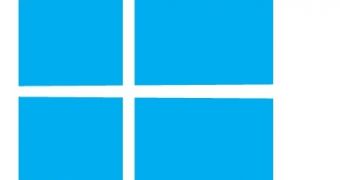Windows 8, the next-gen platform from Microsoft, arrives on devices with a new approach to user experience, through introducing a new interface, called Metro.
On certain architectures, it will retain the older desktop mode as well, but it will come only with the Metro UI on others, such as devices that are powered by ARM processors.
Specifically designed for touch devices, the Metro UI will bring along enhancements in this area, making it easier for users to operate apps or to navigate using their fingers.
According to Microsoft, the two modes were meant to go together, especially on traditional computers, which sport a keyboard and mouse for input.
For the users of such computers, the desktop mode spells access to legacy Windows applications, meaning all the software that they are already accustomed to installing and running on Windows PCs.
In fact, Windows 8 is expected to run legacy applications better than previous flavors of the platform, Jensen Harris, director of program management for Microsoft’s User Experience team, explains.
“We do not view the desktop as a mode, legacy or otherwise—it is simply a paradigm for working that suits some people and specific apps,” he says.
“This is very much like the person who uses a mobile ‘phone’ but really uses it for the mobile browser and mail client and rarely uses apps or the phone. It is like the person who has a brand new tablet but only uses the web browser.”
Windows 8 brings a series of enhancements to the desktop mode that Windows 7 users are accustomed to: there is a new Task Manager, a modified Windows Explorer and a new file copy UI, Hyper-V on the client, better support for multiple monitors, and more.
Moreover, it will eliminate the need to carry around a laptop and a tablet PC at the same time. Users can choose to have with them either of the two, since they will deliver similar functionality.
When designing Windows 8, Microsoft considered the convergence of two different types of devices, namely tablets and laptops. Such devices will become available for purchase later this year, Harris notes. With Windows 8, Microsoft promises an uncompromised experience, regardless of the type of device used.
“Windows 8 imagines the convergence of two kinds of devices: a laptop and a tablet. Instead of carrying around three devices (a phone, a tablet, and a laptop) you carry around just a phone and a Windows PC,” he says.
“A PC that is the best tablet or laptop you have ever used, but with the capabilities of the familiar Windows desktop if you need it. You may choose to carry a tablet, or you may choose a laptop/convertible, but you do not need to carry around both along with your phone.”

 14 DAY TRIAL //
14 DAY TRIAL //